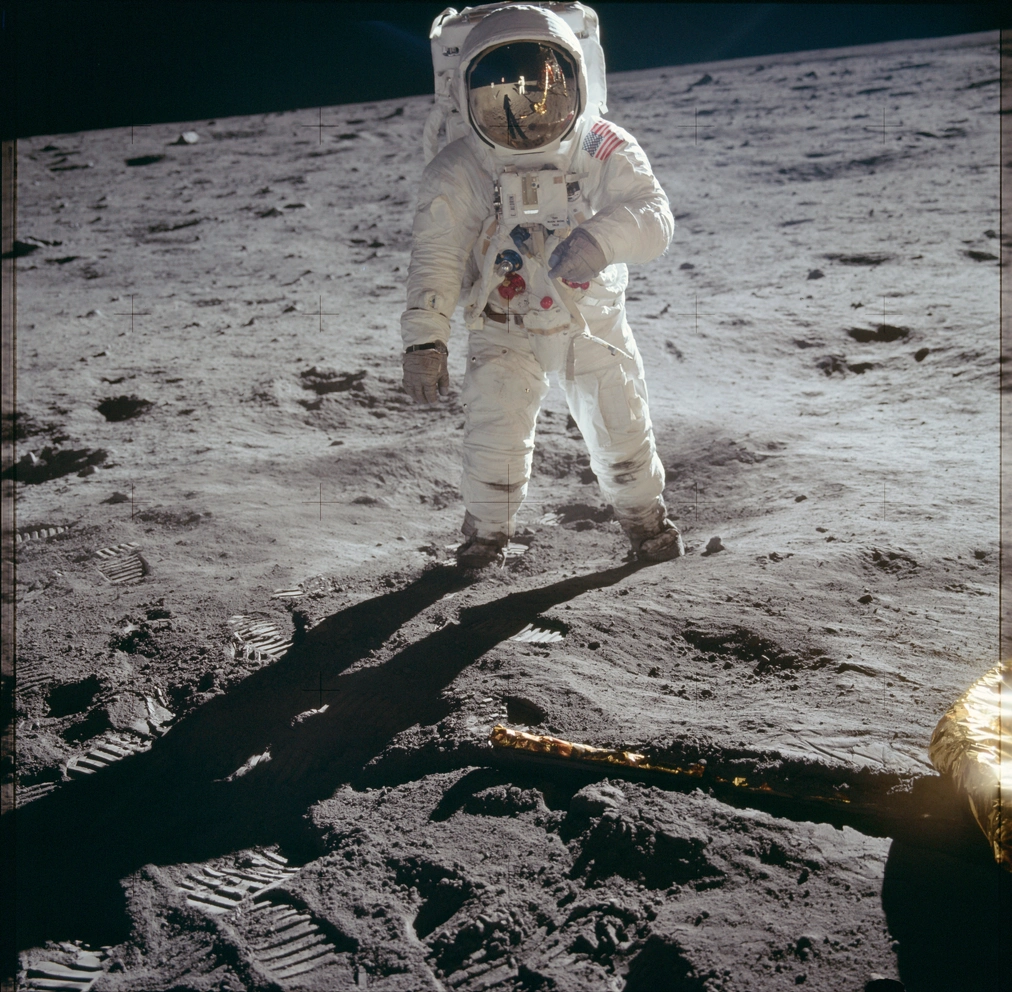All matter is made of Atoms

All matter, solids, liquids, gasses are made up of atoms, and atoms can stick together into groups called molecules.
Atoms are made from smaller particles
An atom consists of a central nucleus, which contains protons and neutrons, and is surrounded by a cloud of electrons.
Various forces keep the atom bound together, one of which is the electromagnetic force; Electrons are negatively charged (-1), and protons are positively charged (+1). An atom remains stable when there is a balance between the positive and negative charges. If an atom is unstable, parts of it may break off, leading to radioactive decay, i.e., radiation.
The masses of protons and neutrons are very similar, approximately 1 atomic mass unit each, while the mass of an electron is much smaller, around 1/1836 atomic mass unit. Protons and neutrons are actually made of even smaller particles called quarks (not shown), however, the electron can’t be broken down any further.
Atoms and Molecules
These atoms can bond together to form molecules by sharing electrons. Breaking molecules apart into individual atoms is relatively easily through chemical reactions. However, splitting the nucleus of an atom itself is much more difficult and typically involves nuclear reactions.
Neutrons
Electrons and protons have opposite charges, so they attract each other, but electrons repel other electrons, and protons repel other protons. Because protons are cramped together in the central nucleus, neutrons are required to help separate their charges while binding them with a strong force called the strong nuclear force (mediated by gluons). Small atoms generally have a 1:1 ratio of protons to neutrons, but larger atoms require up to a 1.5:1 ratio to help keep them stable. Atoms that don’t have the right number of neutrons are known as isotopes, and they will gradually lose neutrons (decay) until the atom is stable again.
Atoms can be broken down further
 Protons and neutrons (at the centre) contain composite of smaller parts known as quarks. There are six types, or “flavours,” of quarks: up, down, charm, strange, top, and bottom. A proton is a composite of 2x up quarks, and 1x down quarks, whilst a neutron contains 1x up quarks, and 2x down quarks. Up quarks have +2/3 charge, down quarks have -1/3 charge.
Protons and neutrons (at the centre) contain composite of smaller parts known as quarks. There are six types, or “flavours,” of quarks: up, down, charm, strange, top, and bottom. A proton is a composite of 2x up quarks, and 1x down quarks, whilst a neutron contains 1x up quarks, and 2x down quarks. Up quarks have +2/3 charge, down quarks have -1/3 charge.
The electron is a single elementary particle, but is part of a family other elementary particles called Leptons. Other leptons include the muon, tau, and three types of neutrinos.
Atoms can be categorised
Different kinds of atoms are categories in to a periodic table. The Table is mainly organised from left to right by the amount of protons within the atom, also known as the “atomic number”. The rows indicates the number of electron shells within the atom.
Light atoms appearing at the top, heavier atoms at the bottom. Most metals are found towards the left side of this table, and nonmetals on the right.
Listen to the podcast





